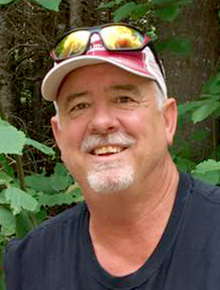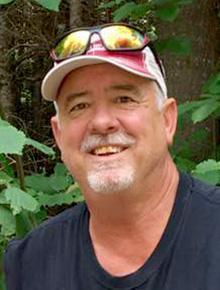
There is just never a dull day in the field when you share it with four Labradors.
I have a great start to the 2022 pheasant season. Bird numbers are far higher than last season and the only challenge has been the high temperatures.
The first weekend of the season we hosted the Minnesota governor in Worthington. That was a pretty big undertaking. The second weekend of the season we hosted 17 American war heroes from all over the United States. And in between this all I have managed to get out a few times to chase roosters.
Dog training is a never-ending effort. You can have a dog trained to a high level; I call this high and tight, like a Marine Corp haircut, and if you let off the training gas, this same dog can fall back into some very poor habits in a very short time. I guess a better term might be training retention.
I have been associated with a professional training facility since 1996. We train hunting dogs for customers from all over the country. We have sent home some very fine dogs, and with little to no effort expended by the owner to maintain their knowledge and skills, these same dogs can look like they received no formal training at all when we see them 12 months later.
My current training challenges are not anything new but can still be a challenge to fix. My newest dog, Ghost, is a bird-stealing little bandit. If he is not the first one to the fall and the first to pick up the bird, he will try to steal that bird from whichever other dog has it. This can end up with a bird that does not look as good as it should.
My old adage is to always allow every dog to go to where the bird fell. This gets the maximum number of noses on the ground in case the bird is not completely dead and has a propensity to run off and hide to a point where the dogs cannot find it.
Lost cripples are a real drag. With the fall being as dry as it has been, the scenting conditions have been just awful. I have not lost a bird yet this season and hope to be able to say the same thing when the season closes on or about Jan. 1, 2023.
The other issue I am dealing with is if Ghost is the first to the bird, in an attempt to be sure no other dog tries to steal it from him, he will run off with the bird in his mouth. Only when all the others dogs are back by my side will he come running in to deliver his prize.
My solution is called a “set him up” activity. I will sit one dog by my side and make all of the other dogs sit about 35 yards away. I will give the command “sit,” and with all the dogs complying, I will toss a bird 20 yards from the dog at my side, 50 yards from all of the others. I will then release them from the sit command, and every dog will tear up sod trying to be the first to make the retrieve. When the closest dog has the bird in his mouth, I will give a “here” command with my whistle. This is a toot, toot toot. This means here, no questions asked.
When Ghost disobeys this “here” command, which he will do, and keeps moving toward the dog with the bird in his mouth, I will make a correction with the electronic collar and use either a toot, toot, toot or a voice command of “here.” The collar correction is not for him trying to get the bird but for failure to comply with the well-known command “here.”
This results in two things. The first result is that Ghost will not develop a negative response to birds, i.e., I am chasing the bird and get a negative correction when trying to do so. This is the last thing we want. We want him to want the bird with all his might. He will instead understand the second thing, that he must comply with “here” each and every time.
This training is not difficult in short grass where you can see everything developing in real time and know exactly when to make the command and the corresponding corrections. This is far more difficult in grass that is 4 feet tall where you cannot see when and who has the bird and exactly when they found it.
In a normal outing, my four black Labradors, whom I affectionately call my black attack pheasant pack, will each make a few retrieves. No one dog will be the first to the fall each and every time. No one dog will outperform his three other competitors. If one dog comes back with all the birds every time, you know something nefarious is going on in the tall grass when you cannot see.
Working to fix this issue in short grass will ultimately result in proper behavior in the tall grass. You just need to stay focused and make corrections when you can.
Ghost is much younger than the others and he is really fast. I just need to make sure, as you should too, that each bird is brought to hand in a condition that does not make it look like it got hit by a car at 55 mph.
Dog training is a continual process. Understand that, and you will be a much more satisfied dog owner and end up with much better results.
Scott Rall, Worthington, is a habitat conservationist, avid hunting and fishing enthusiast and is president of Nobles County Pheasants Forever. He can be reached at scottarall@gmail.com. or on Twitter @habitat champion.




